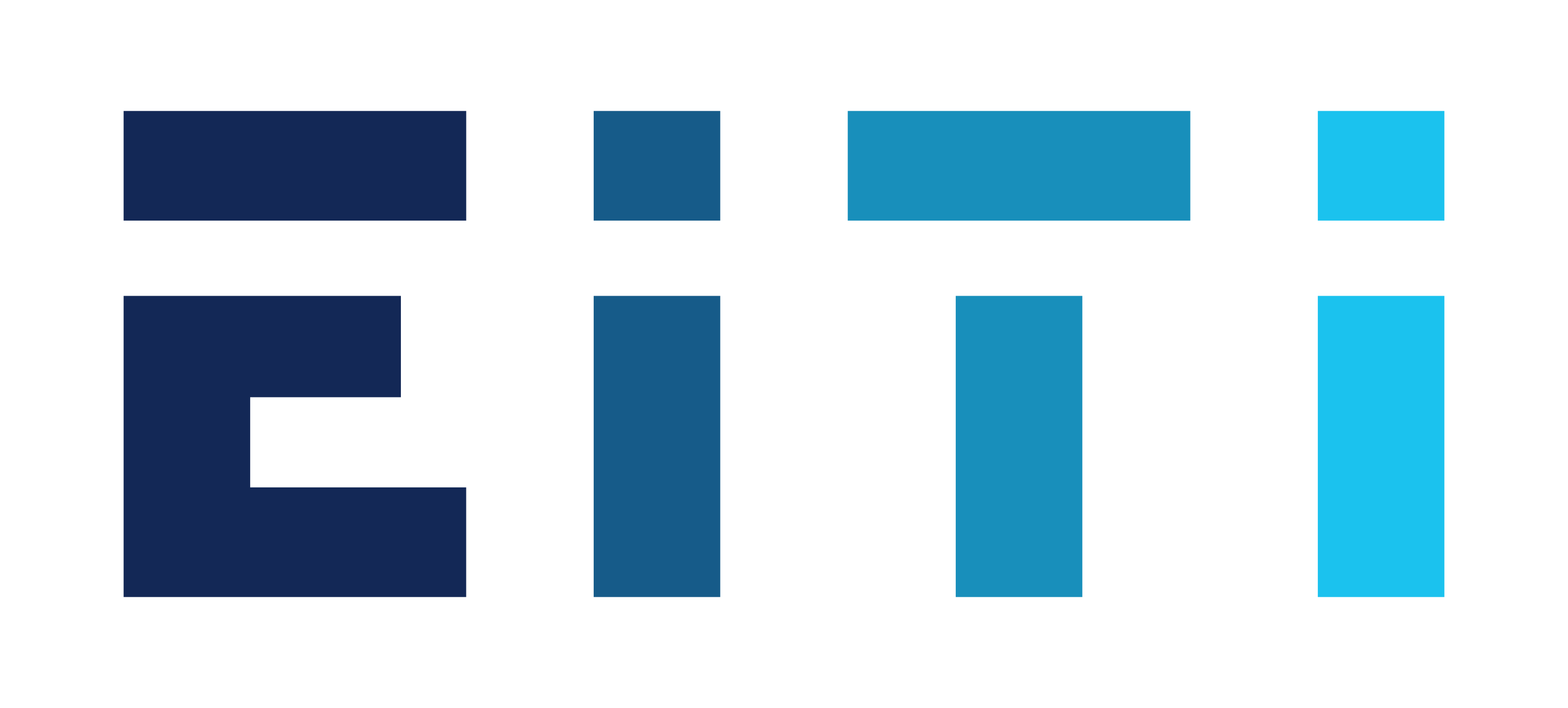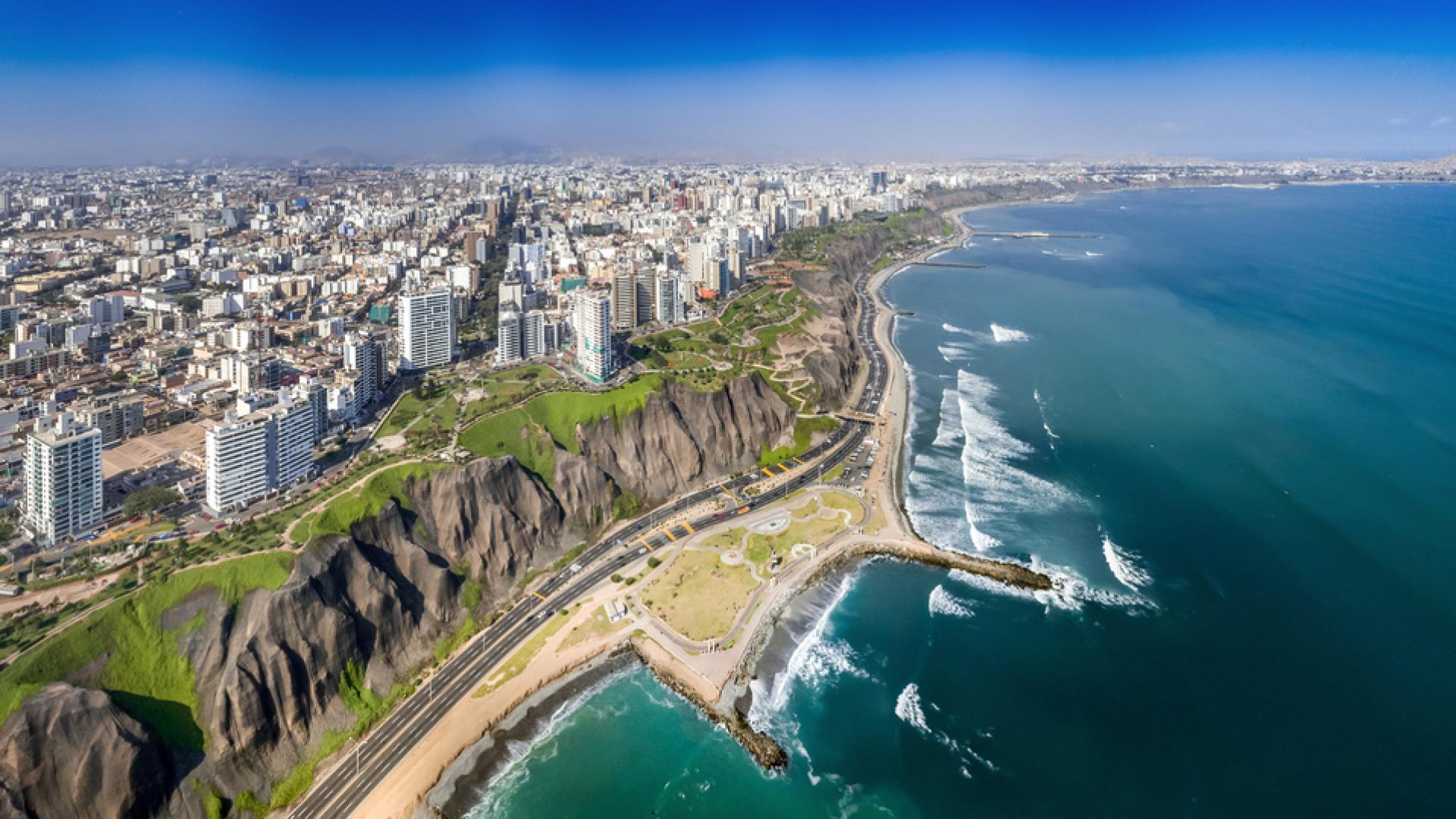
Overview and role of the EITI
Peru is the second largest producer of copper in the world and a significant producer of gold, zinc and natural gas. The extractive sector plays an important role in the country’s economy and accounted for 11.3% of the total GDP and about 68% of the country's total exports in 2022.
Peru’s government considers the development and good governance of natural resources a priority. This is underscored by Mining Vision 2030, an initiative by the Ministry of Energy and Mines, which aims to establish guidelines for inclusive and sustainable natural resource management. Nonetheless, extractive projects have been a trigger for social conflict, especially in communities hosting extractive activities. EITI reporting revealed that more than 80% of documented environmental/social conflicts were related to the mining sector.
In this context, Peru has been using the EITI process to address key community concerns, in particular on social and environmental issues. EITI Perú is also working to strengthen transparency and accountability in the distribution and use of extractive revenues by regional and local authorities. For this purpose, five regional EITI platforms have been established in Apurímac, Arequipa, Loreto, Moquegua and Piura.
Economic contribution of the extractive industries
- 18.4%
- to government revenues
- 68%
- to exports
- 11.3%
- to GDP
- 1.2%
- to employment
News, blogs, and more
La transparencia de los beneficiarios reales: una agenda urgente en América Latina y el Caribe
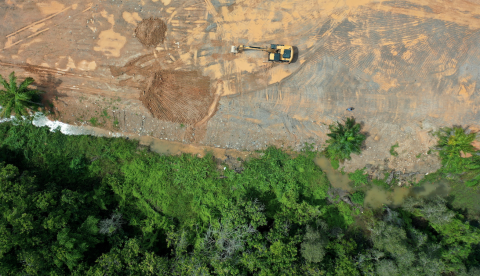
Debate EITI: ¿Cuál es el trato? Superando los obstáculos en la transparencia de contratos en América Latina y el Caribe

El falso dilema de los riesgos a la seguridad y la transparencia de los beneficiarios reales
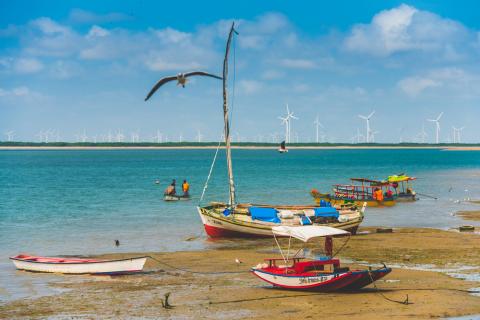
Transparencia en transición en América Latina y el Caribe
Innovations and policy reforms
EITI Piura has opened doors for us to engage in truly informed dialogue with our regional government on the use of the money received from our hydrocarbons.
Extractive sector data
Production and exports
Revenue collection
Revenue distribution
Top paying companies
Extractive sector management
Tax and legal framework
The exploitation of natural resources in Peru is governed by the Organic Law for the Sustainable Use of Natural Resources. The General Mining Law (LGM) governs the mining sector and regulates the concessions, authorisations, rights and obligations of concessionaires. The Organic Hydrocarbons Law (LOH) regulates the development of hydrocarbon exploration and exploitation activities. It provides Ministry of Energy and Mines (MINEM) with the power to elaborate, approve, propose and implement policy on the sector.
The National Superintendence of Customs and Tax Administrations (SUNAT) is the main body responsible for collecting, and managing taxes and fees paid my companies to the central government, including corporate income tax, royalties, special mining tax and special mining burden. Other taxes/fees are collected by the hydrocarbons regulator PeruPetro and the cadastre office INGEMMET.
License and contracts
Mining concessions are granted on a first come, first served basis by the Geological, Mining and Metallurgical Institute (INGEMMET). The agency is also responsible for terminating concessions and systematising information through the national mining cadastre. INGEMMET also publishes some contracts on its website.
Oil and gas concessions are awarded through a bidding process and administered by PeruPetro under the Ministry of Energy and Mines (MINEM). PeruPetro also publishes some contracts on its website.
Beneficial ownership
In 2018, Peru’s government enacted a new law (Decreto Legislativo 1372) requiring companies to disclose beneficial ownership information of legal persons and/or legal entities holding at least 10% of the entity’s capital to government authorities. Peru also has regulation to prevent money laundering and financing of terrorism, indirect ownership, and political exposed persons (PEPs). Peru has a Financial Intelligence Unit as per Act No. 27693. However, no public disclosures of beneficial owners have been made to date.
Revenue distribution
In 2001, Peru established a law whereby 50% of mining, oil and gas revenues are to be distributed to the regions and municipalities hosting extractive projects. These revenues consist of royalties and “canons” (a portion of corporate income tax), and are distributed as follows:
- 10% of the total canons and 40% of the total royalties to local governments of the municipality where the resource is exploited;
- 25% of the total canons and 25% of the total royalties to local governments of the district and provincial municipalities where the natural resource is exploited. Of these shares, regional governments provide 20% of the total canon collected to public universities in the regions where the natural resource is exploited and 10% to higher education institutions of the region.
EITI implementation
Governance
EITI Peru is governed by the Peru Multi-Stakeholder Group (MSG), also known as the Comisión Multisectorial Permanente. The MSG is hosted by the Ministry of Energy and Mines and chaired by the Vice Minister of Mines.
Timeline
Government announces commitment to join the EITI
Multi-stakeholder group is formed
Peru joined
2004-2007 EITI Report published
Report
Validation – Found to be “close to compliant”
2008-2009 EITI Report published
Report
2010 EITI Report published
2011-2012 EITI Report published
Report
2013 EITI Report published
Report
2014 EITI Report published
Report
Validation
Validation
2015-2016 EITI Report published
Report
Validation
2017-2018 EITI Report published
Report
2019-2020 EITI Report published
Report
Temporarily suspended for missing reporting deadline
Board decision
Validation
Peru was found to have made meaningful progress with considerable improvements in implementing the 2016 EITI Standard in June 2019, following its second Validation. Peru has fully addressed most of the six corrective actions identified in its previous Validation. The next Validation is expected to commence in April 2022.
